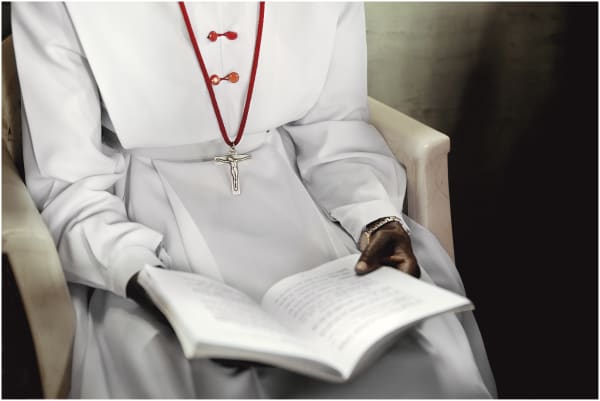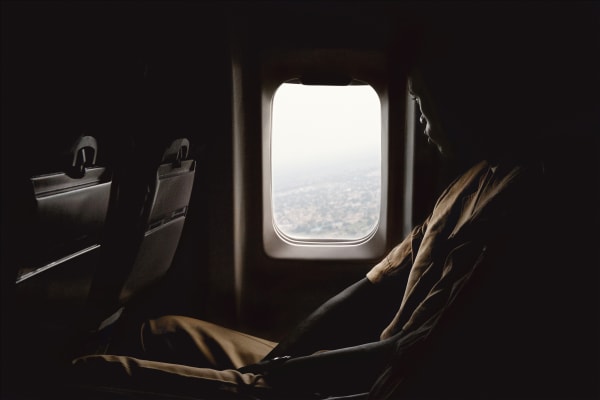-
The very strength of Echeverría's Becoming South Sudan is that its embryonic aptitude is constantly growing in potential. The symbolic order of her images is very much in a parallel transit in relation to the evolution of South Sudan.
Prior to South Sudan's independence from the Republic of Sudan in 2011, forty years of internal conflicts and two protracted civil wars had permeated the history of the country. Established in 1956 at the end of the Anglo-Egyptian colonial rule, the Republic of Sudan had its borders drawn by its very European predecessors with little concern to the cultural and ethnic reality of the region. South Sudan's independence allowed the borders to be reconfigured to extent. Regardless, the world's newest nation remains in shambles, en masse. Its short history has demonstrated that internal solidarity along the ethnic lines has long lost its echo among the rivalries within the country's ruling party, the Sudan People's Liberation Movement (SPLM).
Artist Alinka Echeverría's Becoming South Sudan arrests the momentum of the solemnity of the independence day preparations in the country's capital Juba in June 2011. Arranged in three chapters, the series propound the idea of becoming as a mode of wearing; military and religious uniforms constitute the dynamic undercurrent between the subjects. While the costumes might propose a sense of national togetherness, what Echeverría delivers is actually strikingly intimate set of portraits that transcend the conventional patriotism of national consciousness; consciousness that in the case of South Sudan could not have been in any way fully realized concept back in 2011. The question remains whether it is that today.
Becoming also implies to any change concerning attainment of potentialities in classical Western philosophy. The word suggests a kind of movement from one level of potentiality to a level of higher actuality. Becoming is a process, an active flux that is never fixed in time. The dignity of Echeverría's portraits, the tranquil, yet resolute looks of their subjects, seem to escape the historical moment in which they were captured. One cannot help but reframe Becoming South Sudan against the formative years of the independence. Echeverría points us to the taut anticipation of South Sudan's future; none of her subjects are expressing joy. The very strength of Echeverría's Becoming South Sudan is that its embryonic aptitude is constantly growing in potential. The symbolic order of her images is very much in a parallel transit in relation to the evolution of South Sudan.
-
-
-
For more information on available edtions and prices, please contact the gallery via email at info@theravestijngallery.com
-

-












